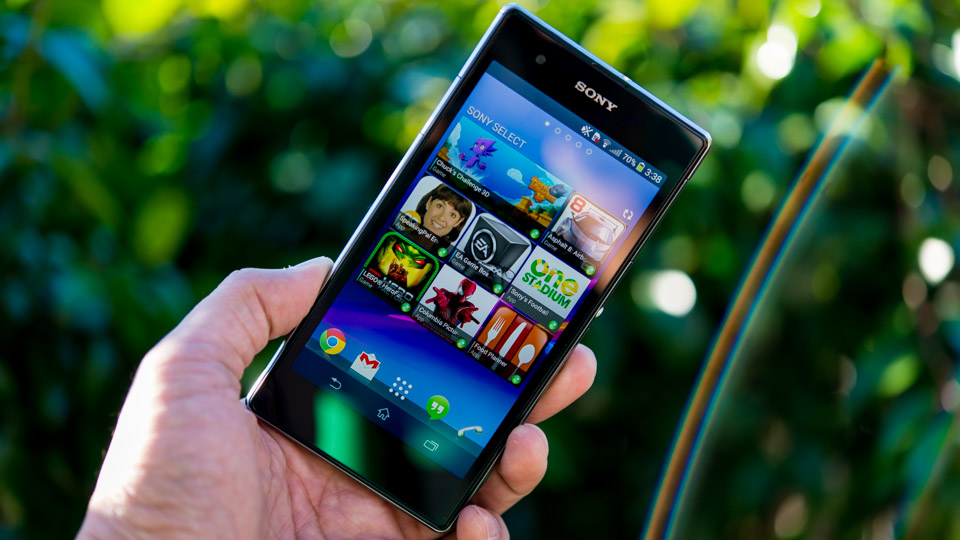Why you can trust TechRadar
Hearing about the Sony Xperia Z1S's camera features, it's easy to start drooling. It's a 20MP sensor, with the sensor itself being larger than any you'd find on all other smartphones today at 1/2.3".
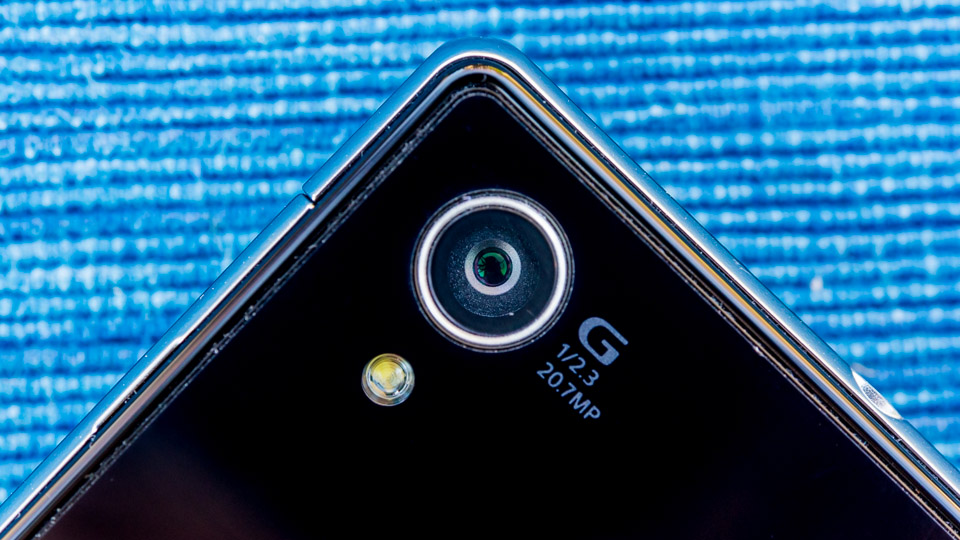
This immediately tells us a few things. First, the incredible resolution means that photos should have better fine detail, and the larger sensor means it could have better low-light performance than other smartphones on the market.
Sony boasts that its "award winning" G Lens, coupled with its BIONZ imaging processor makes for outstanding images.
Our real-world results, however, have been a mixed bag.
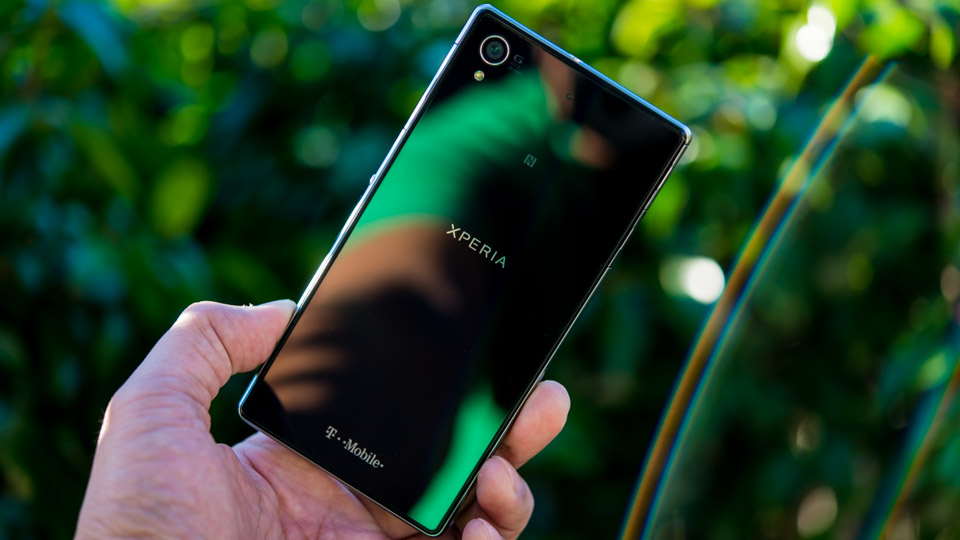
Photos in decent light look good light, where the camera uses a low sensitivity like ISO 50, but in lower light images, where the camera uses higher sensitivities like ISO 800 and ISO 1250, photos begin to look grainy and oversharpened.
With all the specs on paper for this camera, the photos it produces still look very much like smartphone camera photos.
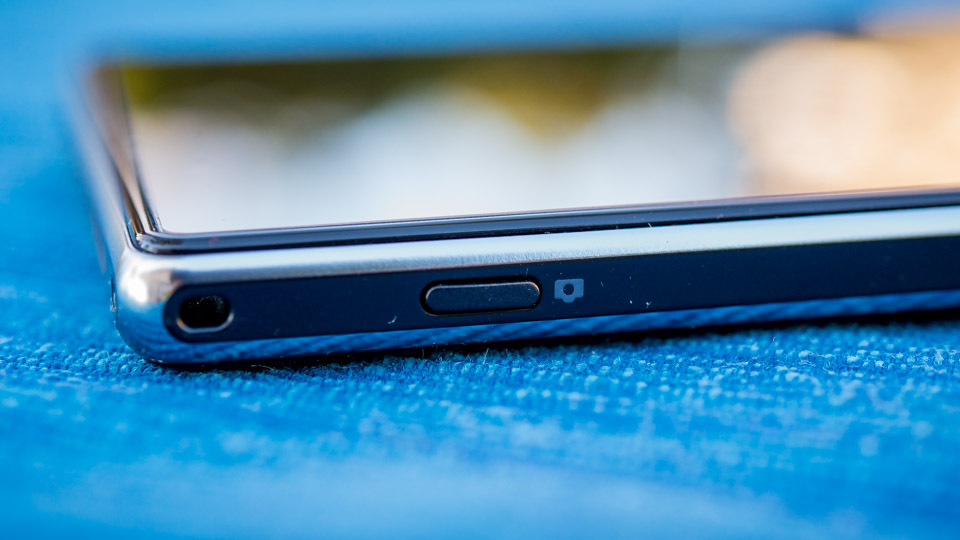
Image sharpening is on the high end, photos look grainy in less than ideal lighting conditions and in darker scenes color reproduction isn't good. In low-light situations, there can often be a purple tint scene throughout the photo.
What's interesting is Sony's advanced G Lens, which it claims is similar to the ideas behind the lens technology you'd find on its higher-end imaging devices, produces a lot of distortion. Objects at the edges of your frame are going to look severely distorted, which limits how much you can push your photo composition.
When it comes to pure image quality, there was a lot to get excited about given the camera's specs. But as we've learned over time, specs don't tell the whole story, and we prefer the photos from the iPhone 5S or Nokia Lumia 1020 over the Xperia Z1S.
That's not to say the photos are bad, but they could be better. Take a look for yourself.


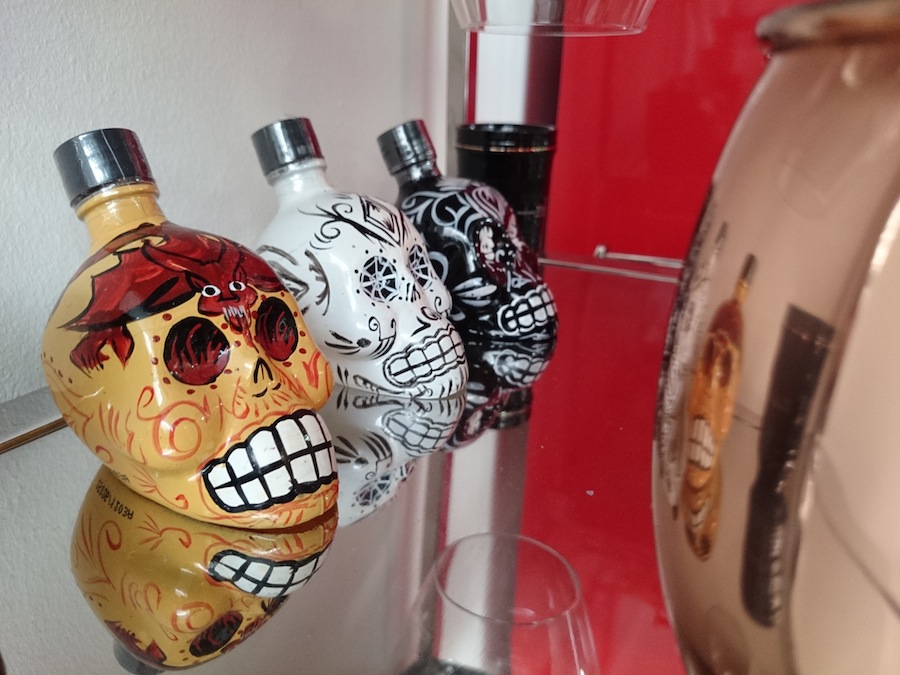
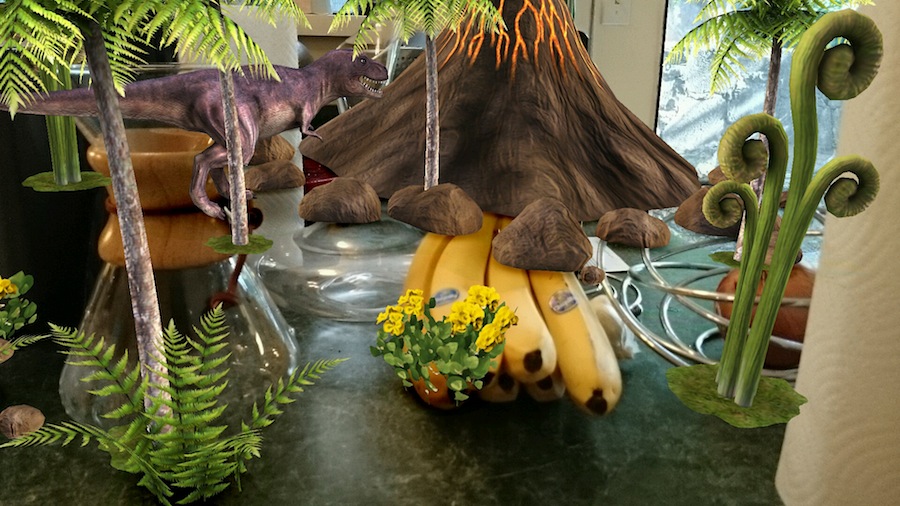
The image above is the really silly AR Effect feature, where you can choose from different scenes to add into your image. The scene is animated, but you can snap still photos if you'd like.
By default, the camera, which has a dedicated shutter button alongside the phone, shoots in an 8MP, 16:9 format. That's in the default "Intelligent Auto" mode, which chooses exposure settings for you based on the scene the camera sees.
You can select from many camera modes, such as Manual, which allows you to go into the full 20MP, 4:3 ratio, AR effect (add characters and more to your photos), Panorama and more. Each mode has a guide, so you'll know how to use it, and some of them are nifty to have if you want to try new things with the Z1S's camera.
Just as a note, in Manual mode, you can select image resolution, adjust exposure compensation, white balance, focus mode, metering, image stabilization and more. Having all of these tools is great and all, but it can be overwhelming when you're trying to sort it all out while trying to capture a scene.
Video recording
The Xperia Z1S can record in 1920 x 1080 HD, 1280 x 720 HD, or an MMS mode, which I'm assuming is video small enough to send to your friends via messaging apps.
Video quality is decent, but you won't be recording any Oscar-winning films with this any time soon. We still prefer the video quality on the iPhone 5S and LG G2, which has optical image stabilization, but the Xperia Z1S is just fine and does well in a pinch.
One thing to note is that Sony claims to support HDR video recording and photo stills on the Z1S. However, we were unable to find this particular scene mode, so it's either enabled by default, or there is a mistake. We have reached out to Sony on this and will update when we hear back.
